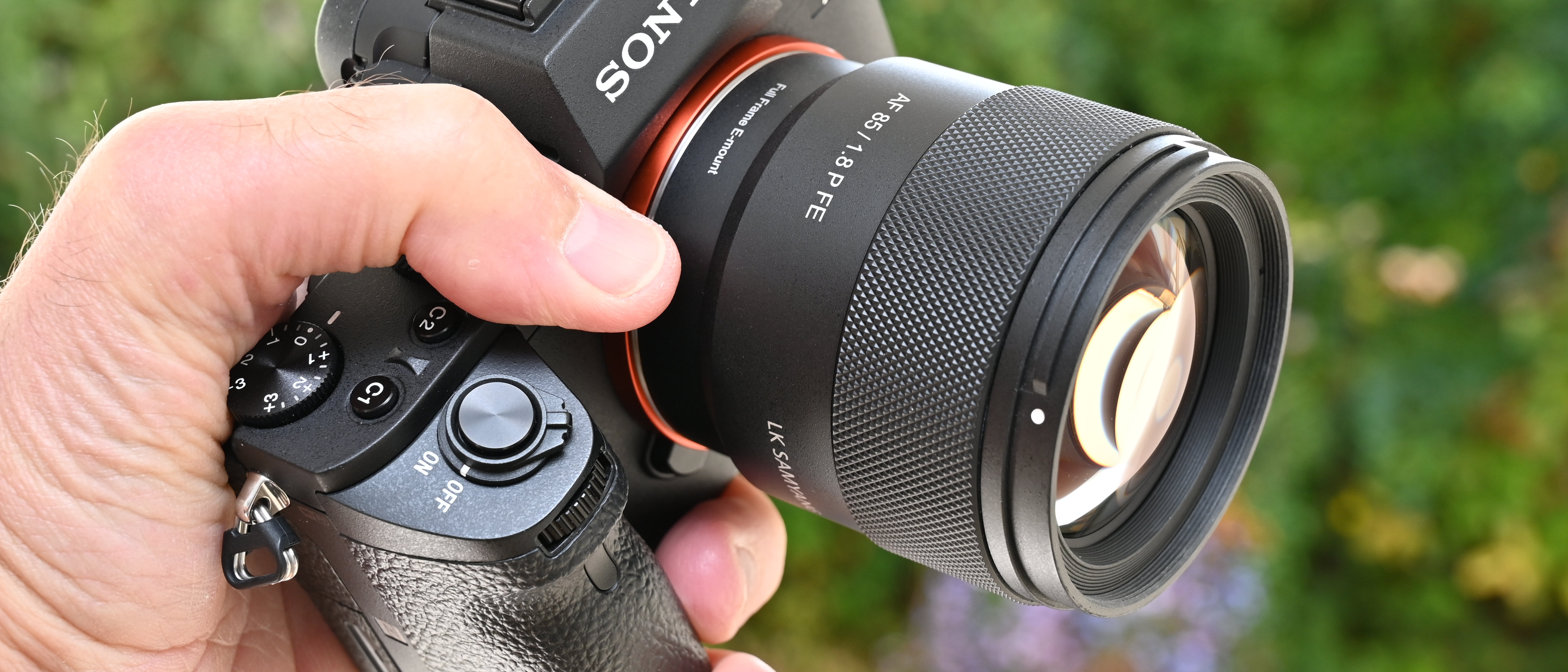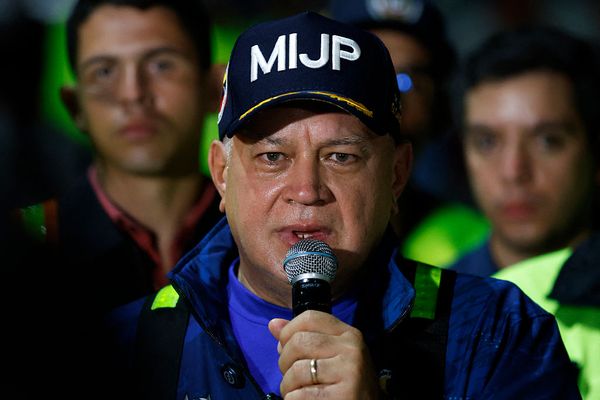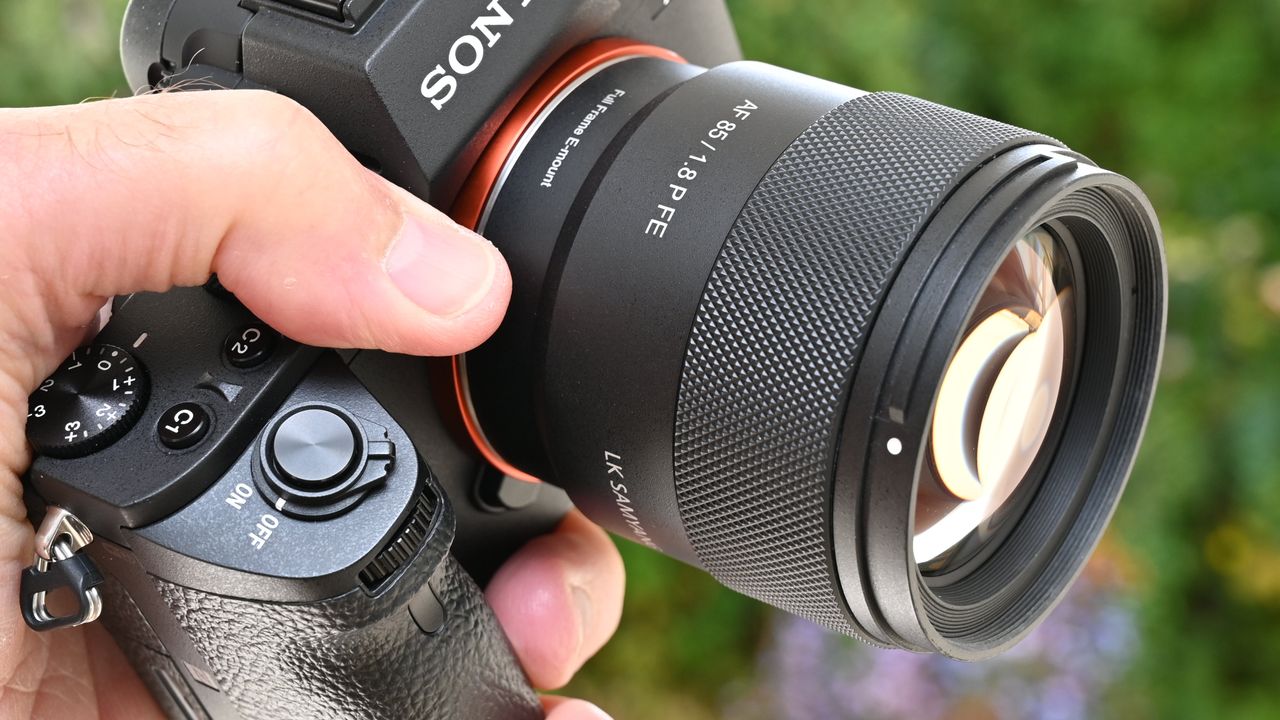
If you’re a keen photographer, the chances are that you’re well aware of Samyang. The company started out in 1972, making lenses for CCTV cameras, and has been producing high-quality but reasonably priced mainstream camera lenses for the last 40 years or so. And if the name isn’t overly familiar, the lenses are often badged as Rokinon in the USA. In 2024, the company changed its name to LK Samyang (Leading Korea) and also started designing a new series of ‘Prima’ lenses for Sony mirrorless cameras, with an emphasis on portability, practicality and convenience. T
he first Prima lens to become available was the LK Samyang AF 35mm f/1.4 P FE that I reviewed recently. It’s subsequently been followed by two more, in the diminutive and lightweight shapes of this 85mm f/1.8 lens and the ultra-wide-angle LK Samyang AF 16mm f/2.8 P FE. They aim to be among the best lenses for Sony cameras, as well as being some of the most compact and affordable options.
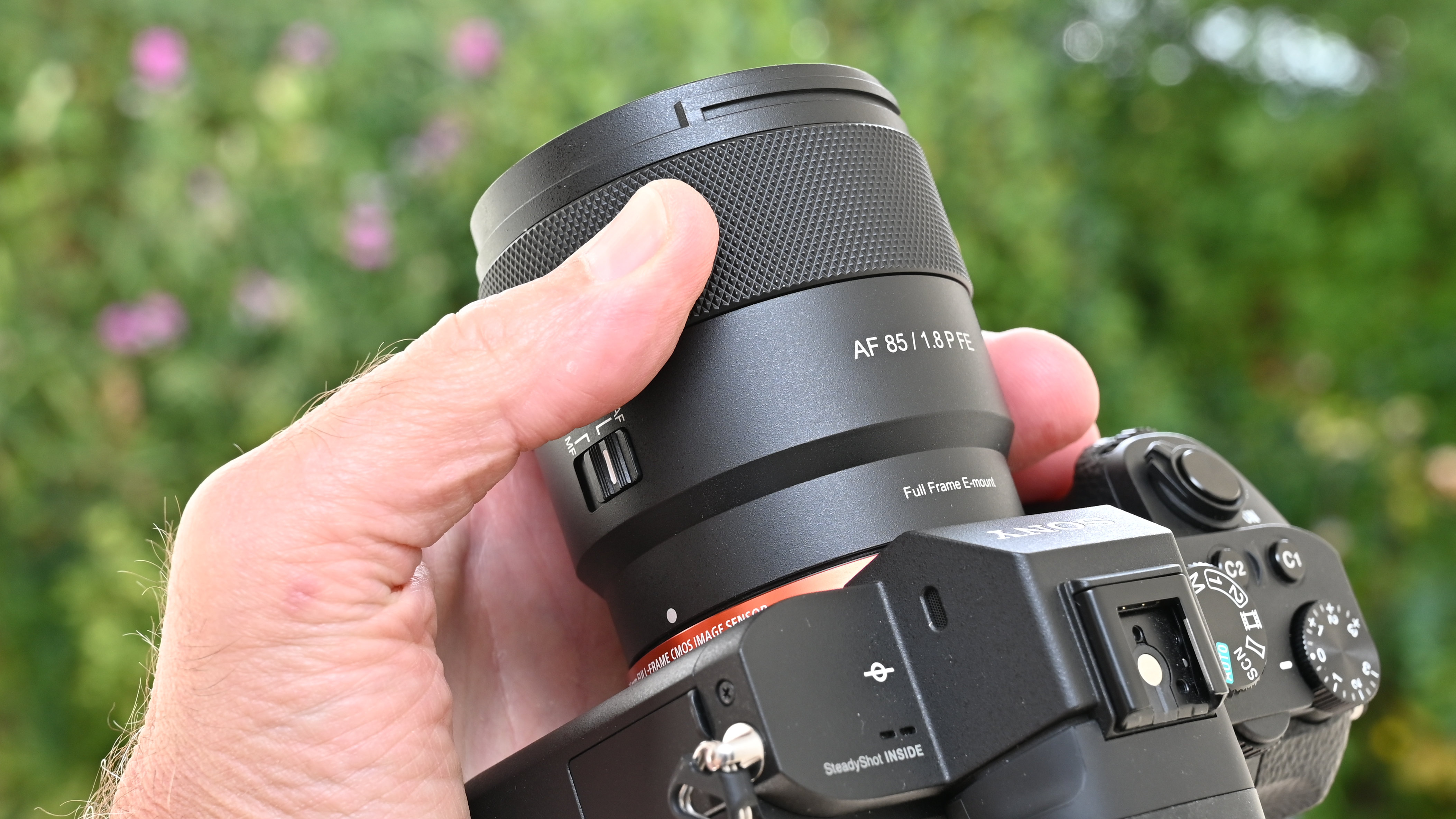
LK Samyang AF 85mm f/1.8 P FE: Specifications
Mount options |
Sony E (FE) |
Lens construction |
9 elements in 8 groups |
Angle of view |
28.6 degrees |
Diaphragm blades |
9 |
Minimum aperture |
f/22 |
Minimum focus distance |
0.8m / 2.62ft |
Maximum magnification |
0.12x |
Filter size |
62mm |
Dimensions |
70x72mm / 2.8x2.8in |
Weight |
272g / 9.59oz |
LK Samyang AF 85mm f/1.8 P FE: Price
What price a good portrait prime? Ramp things up in terms of aperture speed and lenses can get very expensive, very quickly. Own-brand options include the Sony FE 85mm f/1.4 G Master II, at $1,948 / £1,499 / AU$2,199. This Samyang lens is very much more affordable, at $399 / £348 / AU$699, while also undercutting the more directly equivalent Sony FE 85mm f/1.8 at $598 / £499 / AU$829 and the faster Viltrox AF 85mm f/1.4 Pro FE at $598 / £569 / AU$999. If you don’t feel the need for an aperture that’s faster than f/1.8, it’s potentially great value for money.
LK Samyang AF 85mm f/1.8 P FE: Design & Handling
There’s something a bit magical about the 85mm focal length for portraiture with a full-frame camera. I always find that it puts me at just the right distance for head-and-shoulders or half-length shots, so I can engage with my subjects but without crowding in and invading their personal space. Not only that, but the short telephoto focal length has a slight flattening effect in terms of perspective, which can give a natural yet flattering look. That’s the first checkbox neatly ticked off by this lens.
The next ‘must-have’ is a more moveable feast – the aperture rating. Some portrait photographers swear by super-fast apertures, as offered by the likes of the Canon RF 85mm f/1.2L USM and Nikon Z 85mm f/1.2 S. These are both magnificent lenses but they’re much bigger and heavier, and extremely expensive. To be honest, I don’t generally find it necessary to get such a tight depth of field that one of a portrait subject’s eyes can be in focus and most of the rest of the face is blurred. Nine times out of ten, I’m perfectly happy with the more modest depth of field that an 85mm f/1.8 lens can deliver, which is easily tight enough for blurring fussy backdrops and isolating the subject within the scene. That’s another checkbox ticked off.
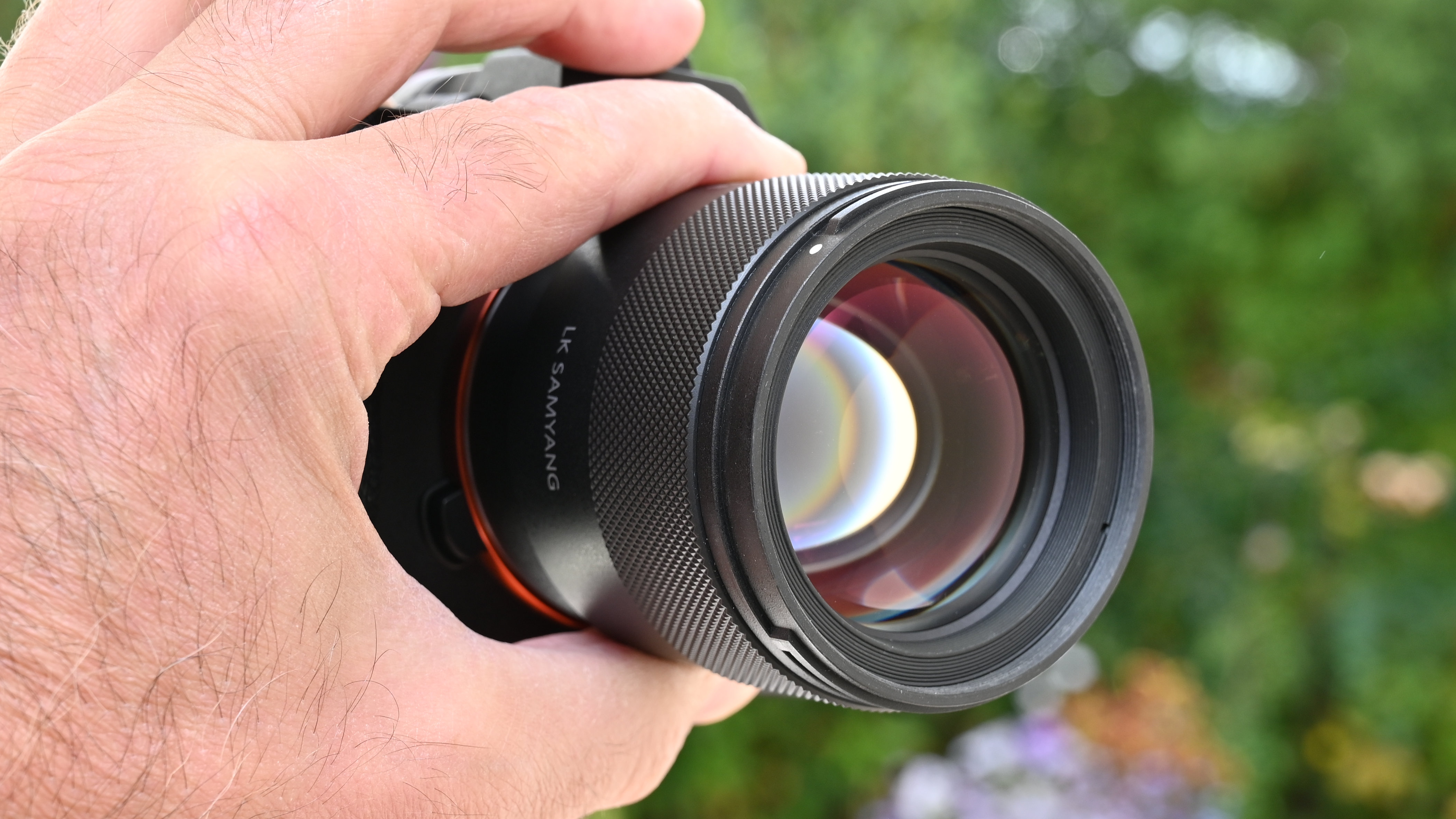
I’m not one for carrying around a load of big, hefty kit if I don’t need to. Well, not any more, although I’ve done my time lugging a weighty backpack around, full of all the lenses and accessories that I could stuff into it. Nowadays, I prefer to travel light. Perhaps the biggest box ticked is that this Samyang lens is amazingly compact and lightweight for an 85mm full-frame compatible prime. It measures less than 3 inches in both diameter and length, and weighs in at a mere 272g / 9.59oz. Long story short, if you typically shoot with a standard zoom lens, you can pop this prime into a bag to take with you and hardly notice the room it takes up, nor the extra weight you’ll need to carry.
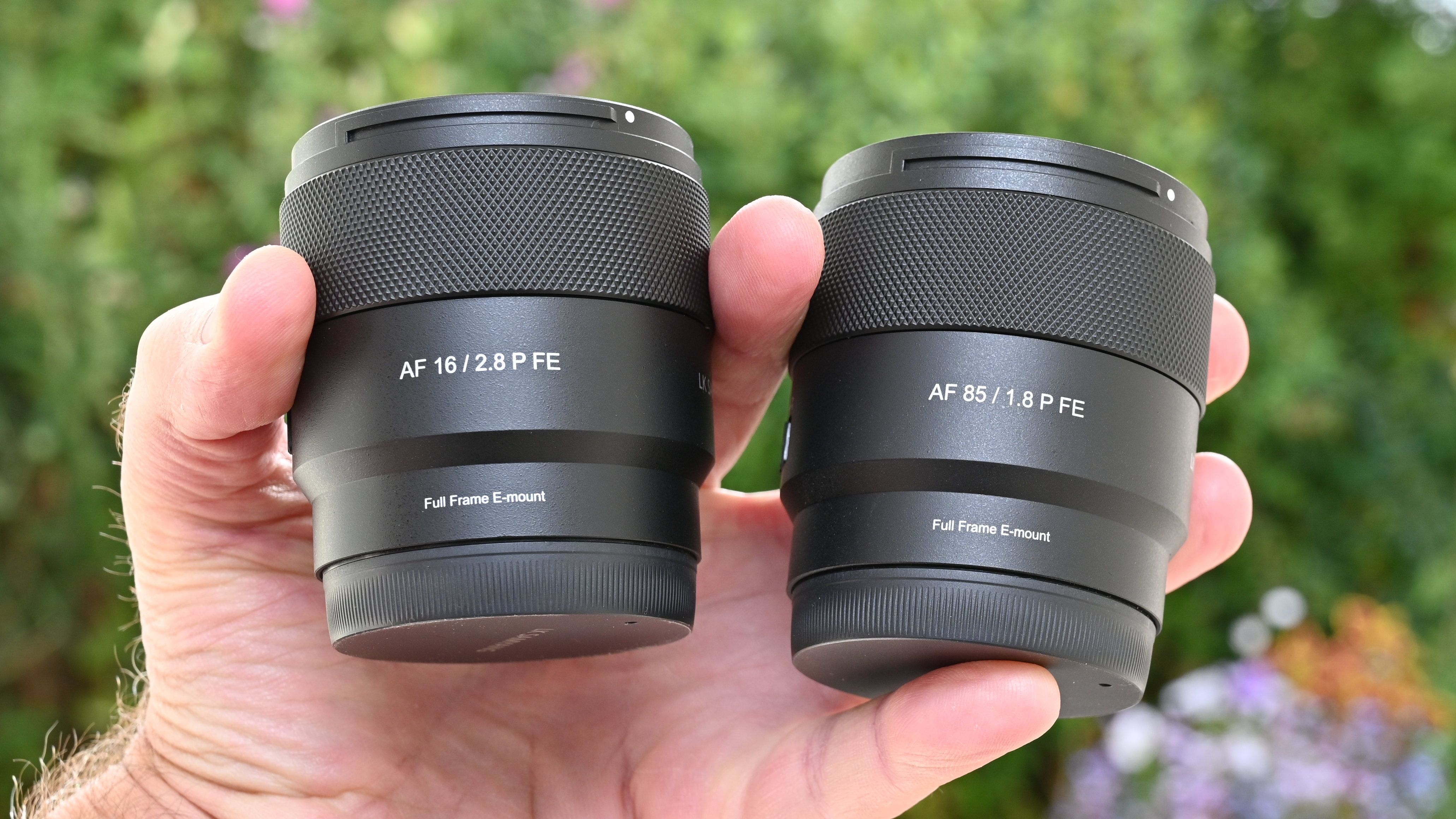
And when the lens is mounted on your camera body, your outfit will feel wonderfully compact, lightweight and easily manageable. An extra bonus for portraiture is that your subject won’t feel intimidated by having a whacking great big lens pointed at them. Everything just feels more natural on both sides of the camera. The lens also keeps everything simple. There’s no aperture control ring nor a function button but Samyang says the minimalist design ‘encourages you to focus less on your gear and more on the people in front of your lens’.
Although small and light, the lens packs nine elements in eight groups, the front element in the chain having a relatively wide-looking diameter, to pull in as much light as possible. The optical layout includes three ED (Extra-low Dispersion) elements and an HR (High Refractive index) element. The overall aim is to deliver strong sharpness, clarity and color rendition along with minimal fringing and other unwanted aberrations.
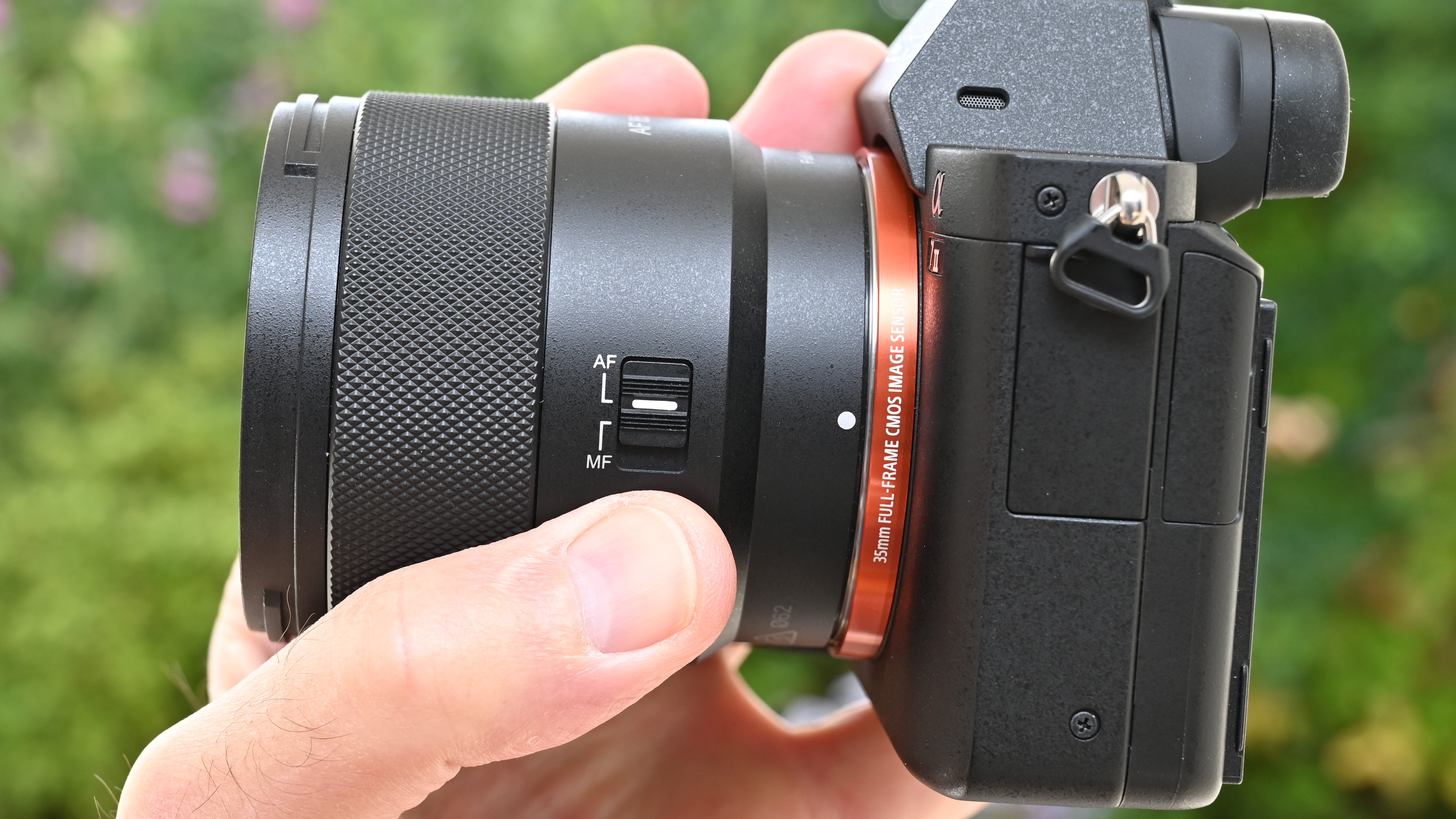
Build quality feels very good throughout. Samyang’s recently designed ‘engineering plastic’ has a really solid feel and looks great, despite being amazingly lightweight. The construction also features multiple weather-seals, including a rubber gasket around the metal mounting plate and a seal beneath the AF/MF focus mode switch. This switch is something that I’m pleased to see included in the design, as it enables swapping between autofocus and manual focus without having to mess around in the camera’s menu system.
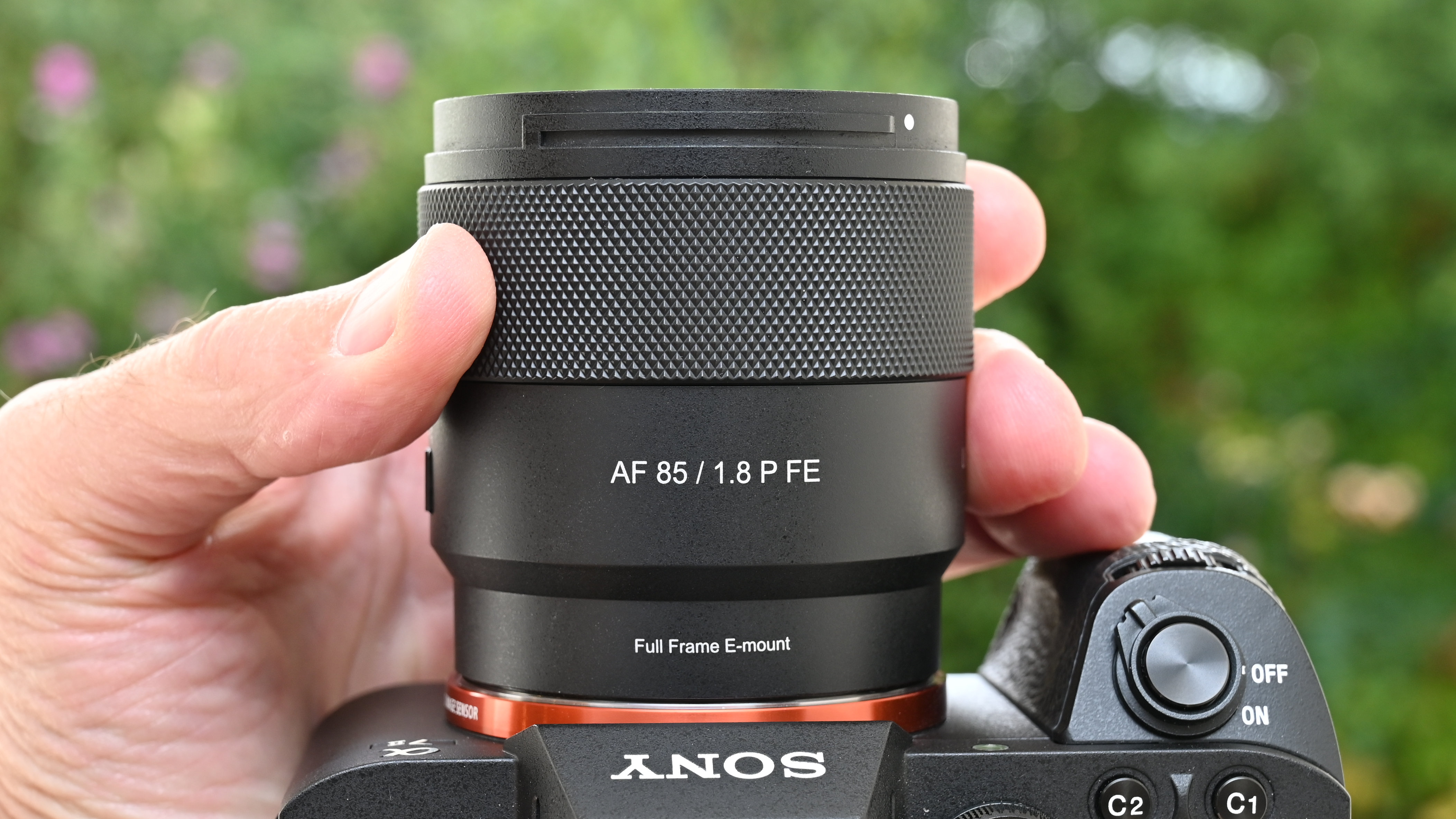
Autofocus is fast and virtually silent, thanks to the now typical use of a linear stepping motor. Smooth autofocus transitions are ensured for video capture, which is an important facet of the design, with so many ‘hybrid’ photographers wanting to shoot video as well as stills these days. Importantly for portraiture, face/eye-detection autofocus is supported, as well as subject-tracking. Meanwhile, manual focusing feels smooth and assured, thanks to the electronically coupled focus control ring which has a very nicely textured surface.
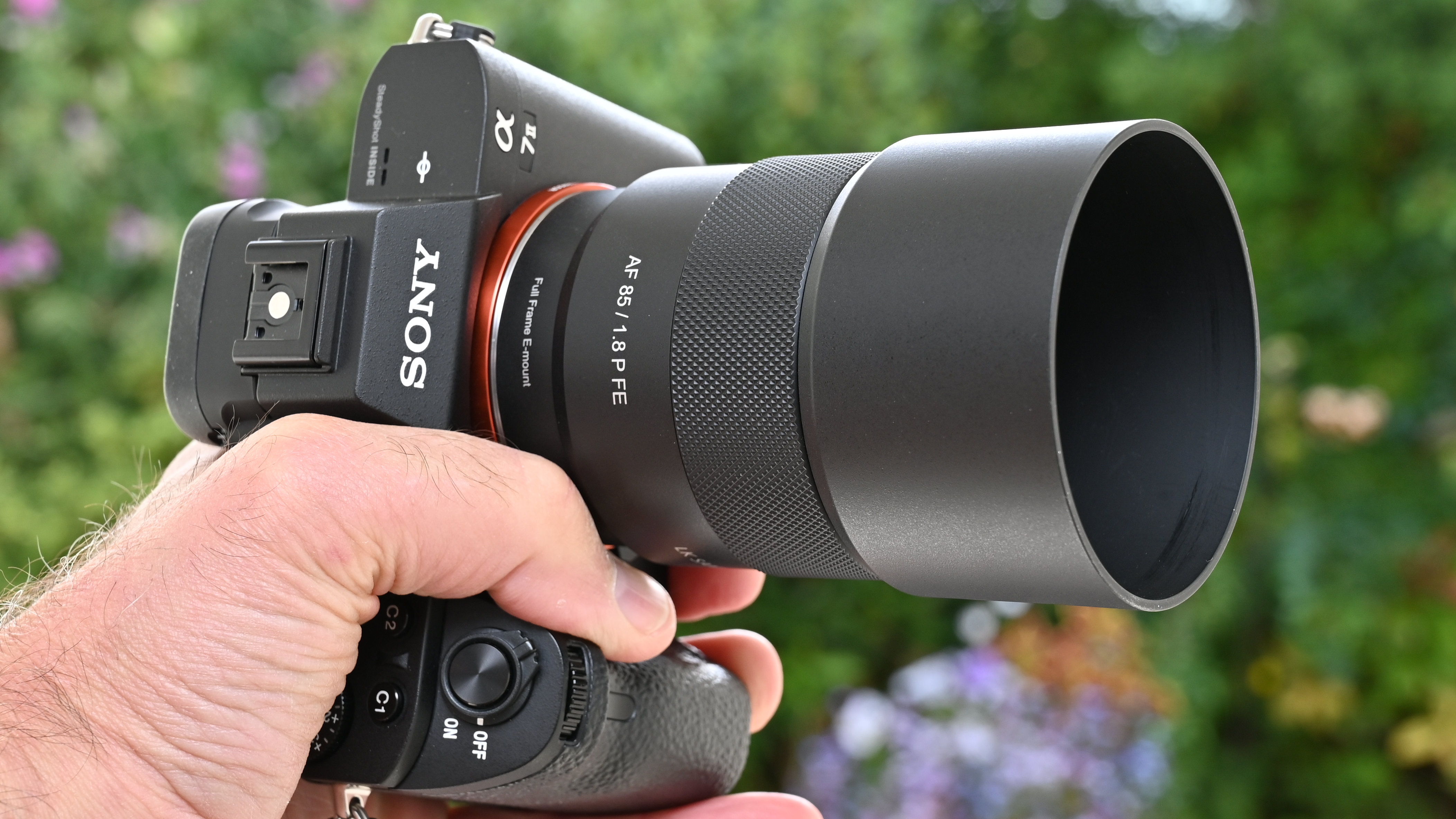
Up front, the lens has a 62mm filter attachment thread and is supplied complete with an effective circular-profile, bayonet-fit hood. This offers physical protection to the lens as well as reducing the risk of ghosting and flare, teaming up with the application of Samyang’s Ultra Multi Coating.

Moving from front to back, the lens also features a USB-C port in its metal mounting plate. This enables the quick, easy and direct application of firmware updates, if and when they become necessary.
LK Samyang AF 85mm f/1.8 P FE: Performance
I don’t feel the need for a portrait lens to be scary-sharp. After all, I won’t get any thanks for drawing attention to every tiny wrinkle or blemish on someone’s face. That said, it’s always good to have plenty of sharpness in the eyes and it’s easier to soften areas of skin rather than trying to inject sharpness that’s simply not there in the first place. As it turns out, this lens is plenty sharp enough for pretty much any shooting scenario. By design, sharpness is actually optimized for focus distances of around 2-3 meters (6-10 feet). LK Samyang did this purely with portraiture in mind, being mindful of the most typically used range of focus distances for this scenario.
The following gallery comprises two shots of the same portrait composition. The first is taken wide-open at f/1.8, for minimum depth of field to isolate the subject against the fussy background of flowers and plants, which is about 2m / 6ft behind. The second shot is for comparison, taken at f/8.

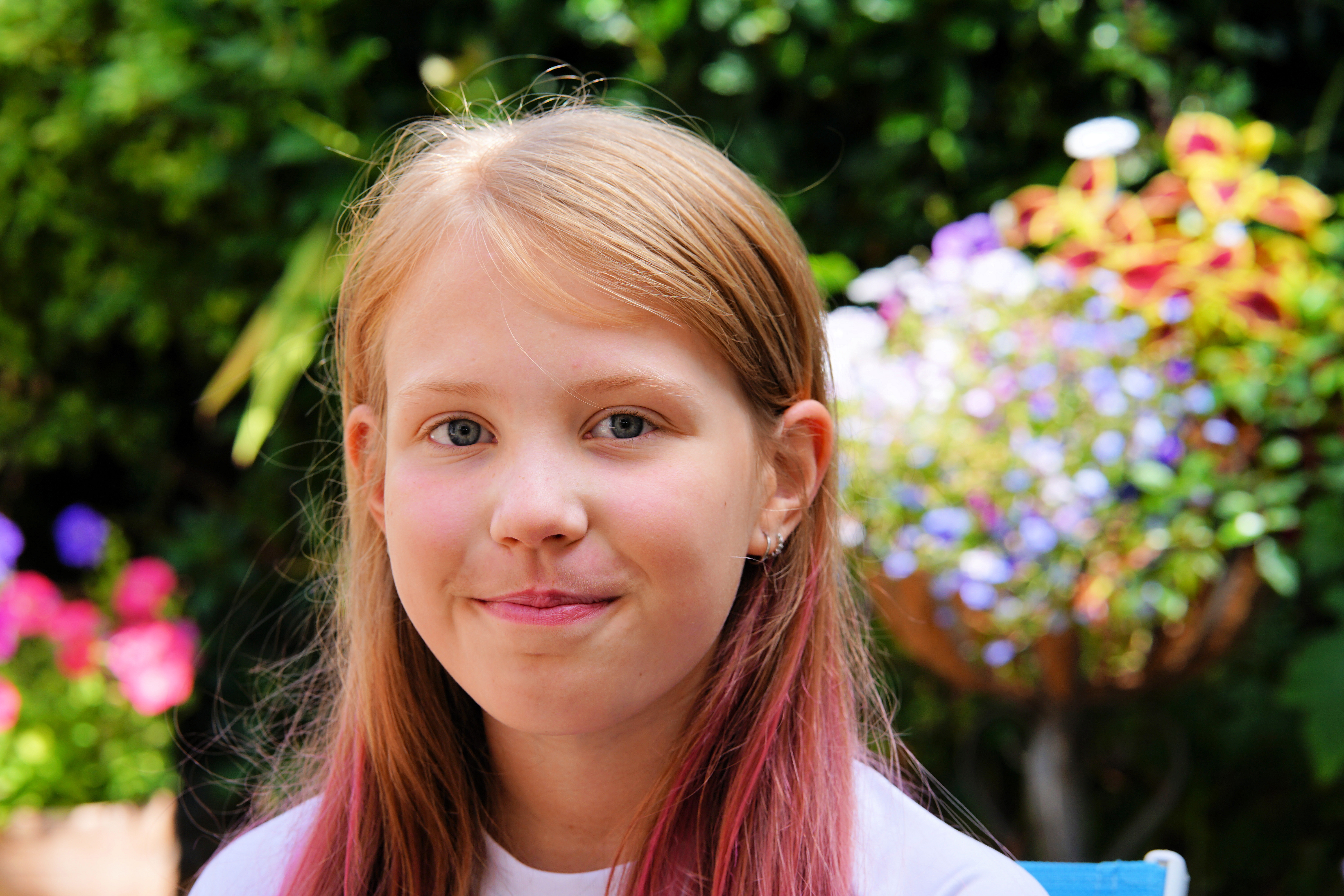
Naturally, sharpness is only half the story, probably even less. A key advantage of any portrait lens is that you can isolate the subject within the overall scene by blurring the background. The quality of bokeh therefore plays a critical part in performance, and I’m happy to say that the lens delivers beautifully smooth bokeh when shooting wide-open at f/1.8. The 9-blade aperture diaphragm is pretty well-rounded, which helps to maximize the quality of bokeh when stopping down a little.

LoCA (Longitudinal Chromatic Aberration) can be a problem with fast lenses when shooting wide-open. Also referred to as axial chromatic aberration and ‘bokeh fringing’, it’s a phenomenon where high-contrast transitions in a scene just in front of and behind the plane of focus take on color fringes. I’m pleased that this aberration is entirely negligible with the Samyang, while lateral chromatic aberration is also absolutely minimal. There’s a little pincushion distortion but it’s generally not enough to be noticeable, even with automatic in-camera correction disabled. All in all, the lens is a great performer.
LK Samyang AF 85mm f/1.8 P FE: Sample Images
The following gallery of example shots was taken in the English city of Wells, at the cathedral and in the Bishop’s Palace & Gardens. I’ve majored on shooting at wide aperture settings although the overall collection isn’t limited to this.

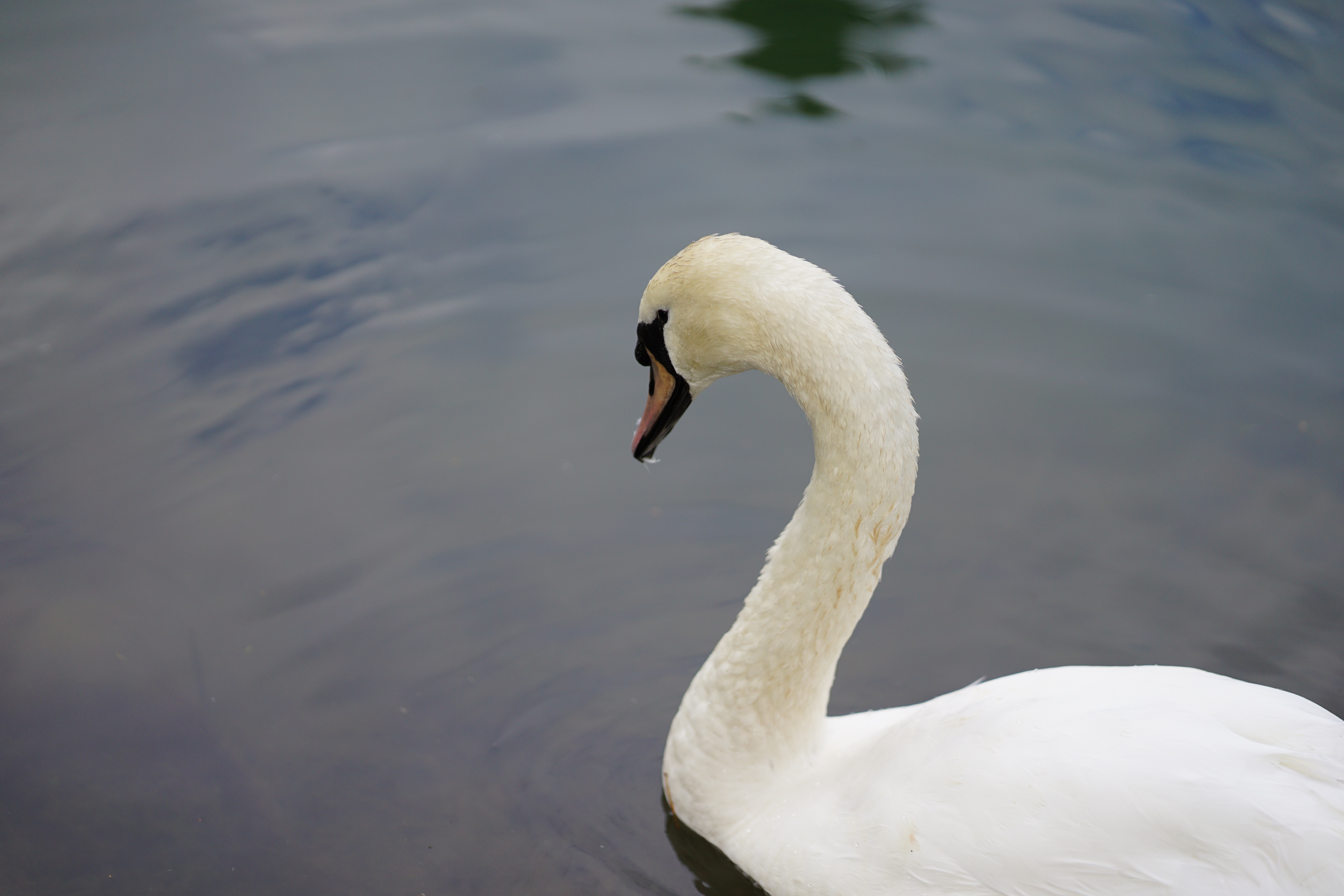
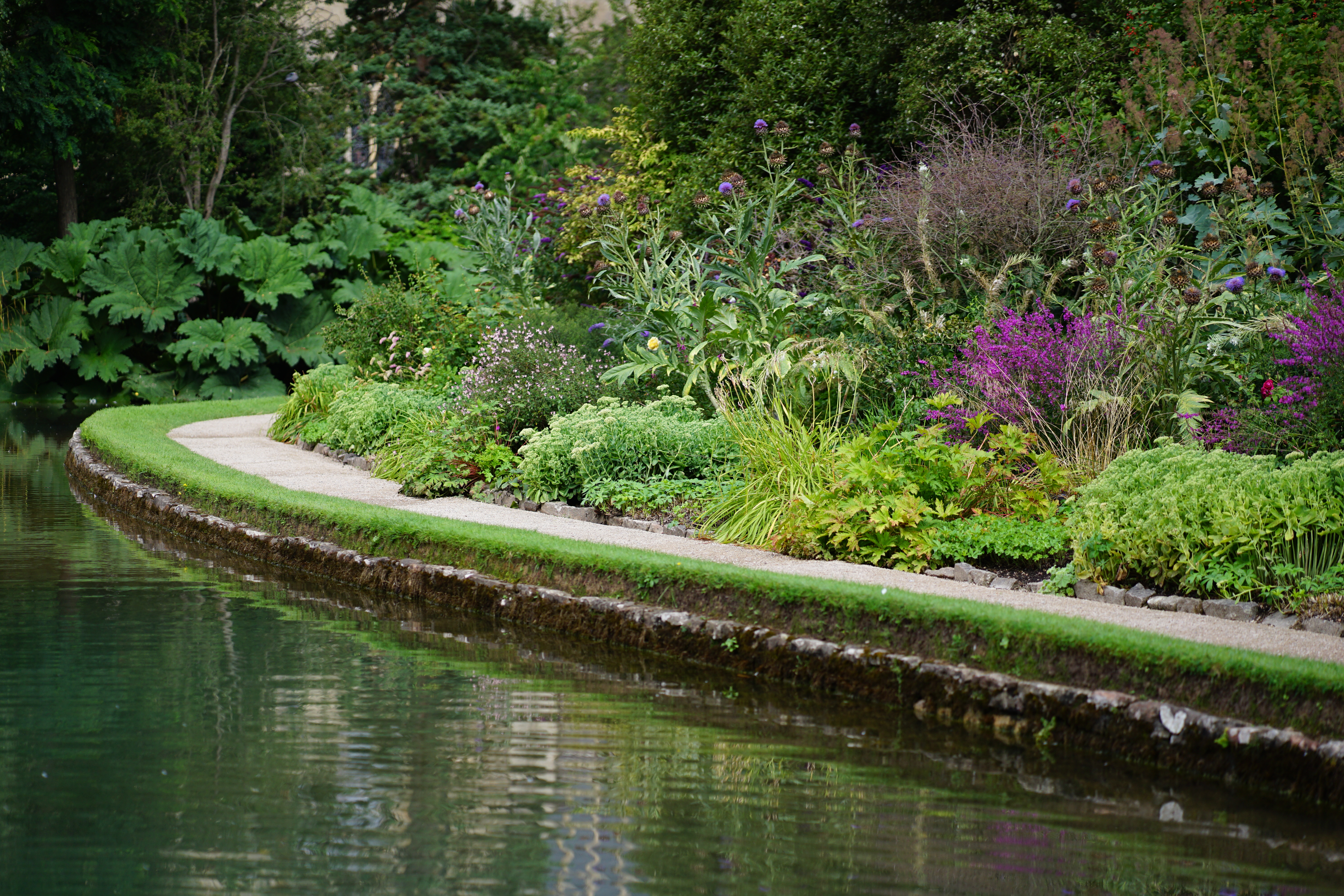
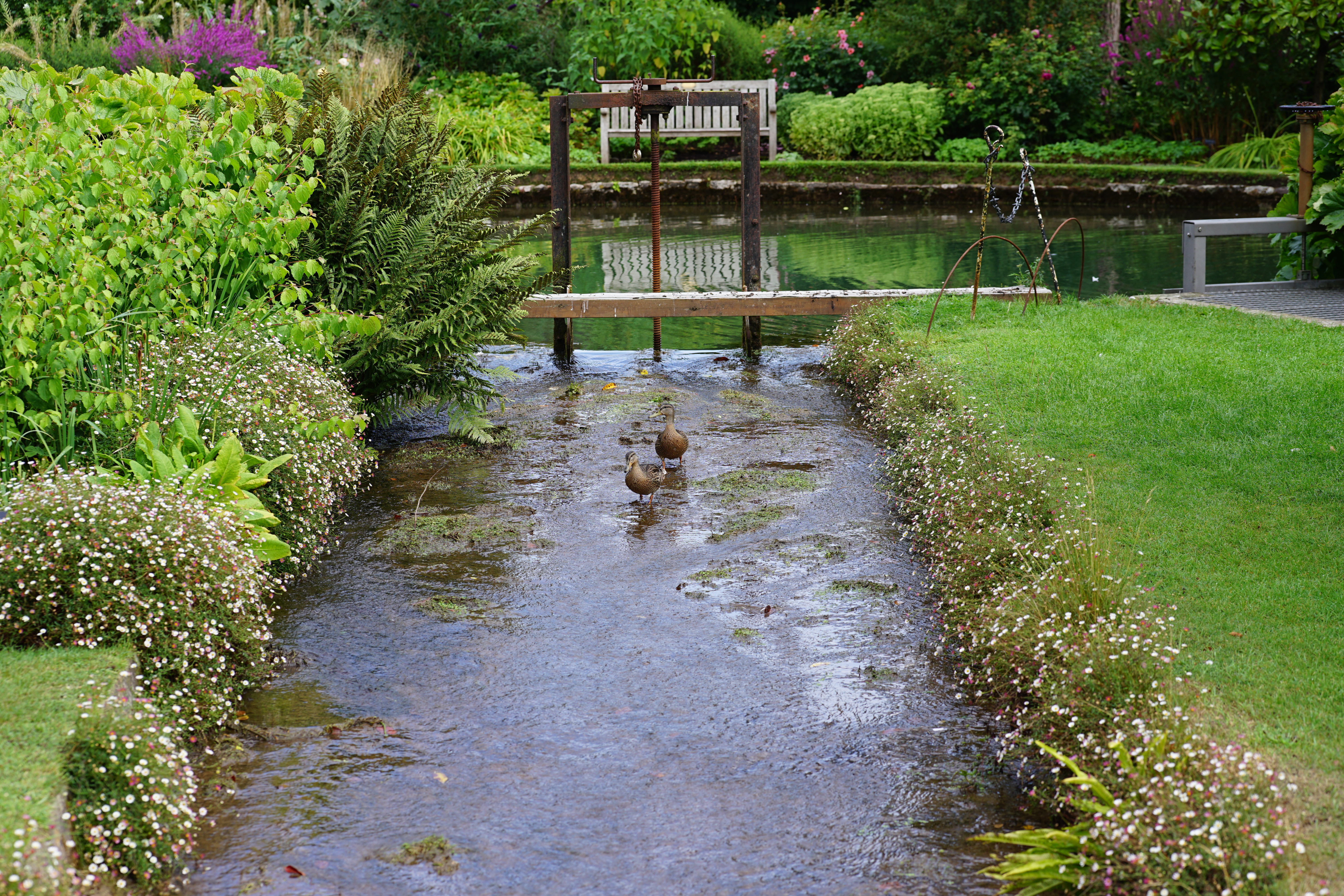
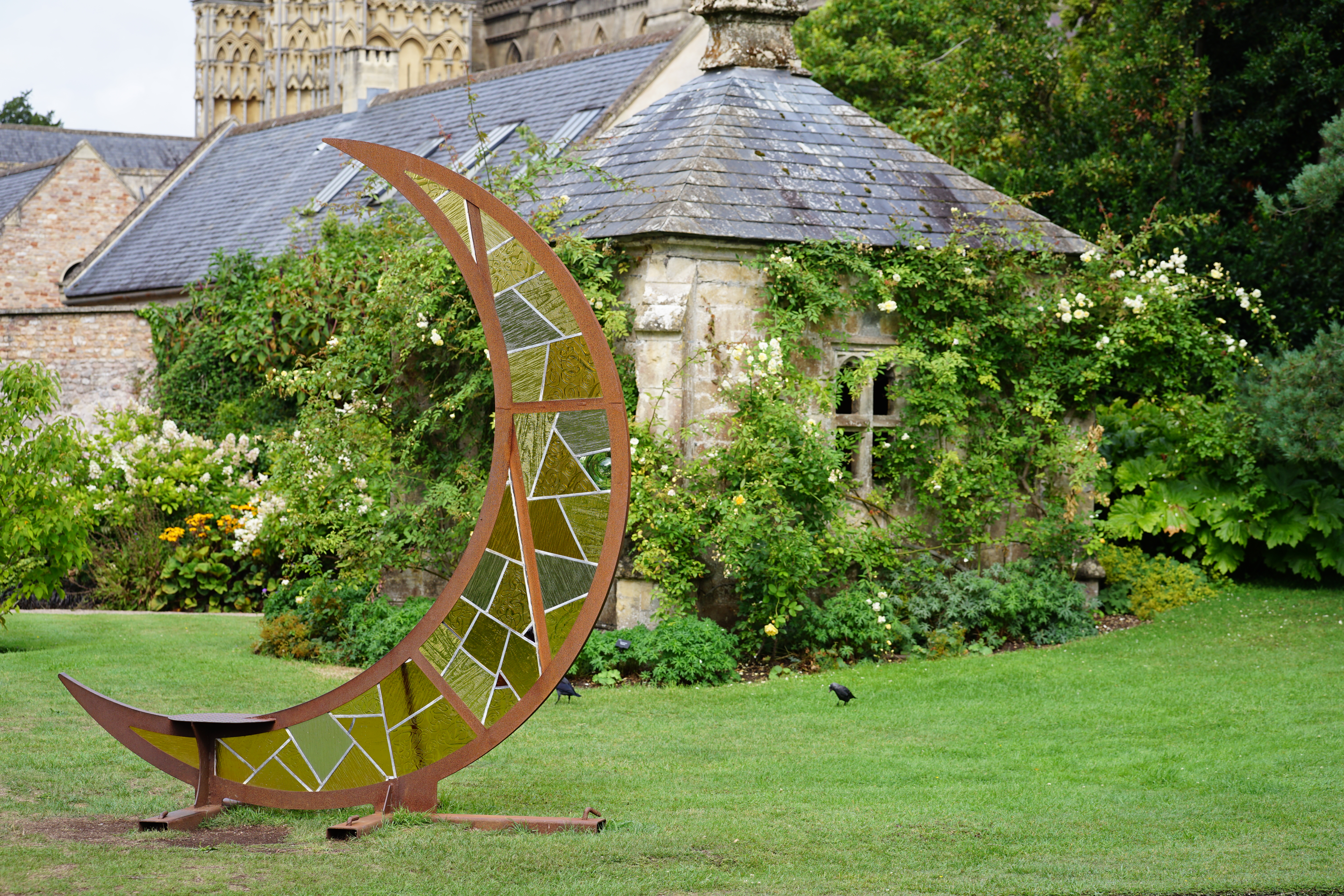


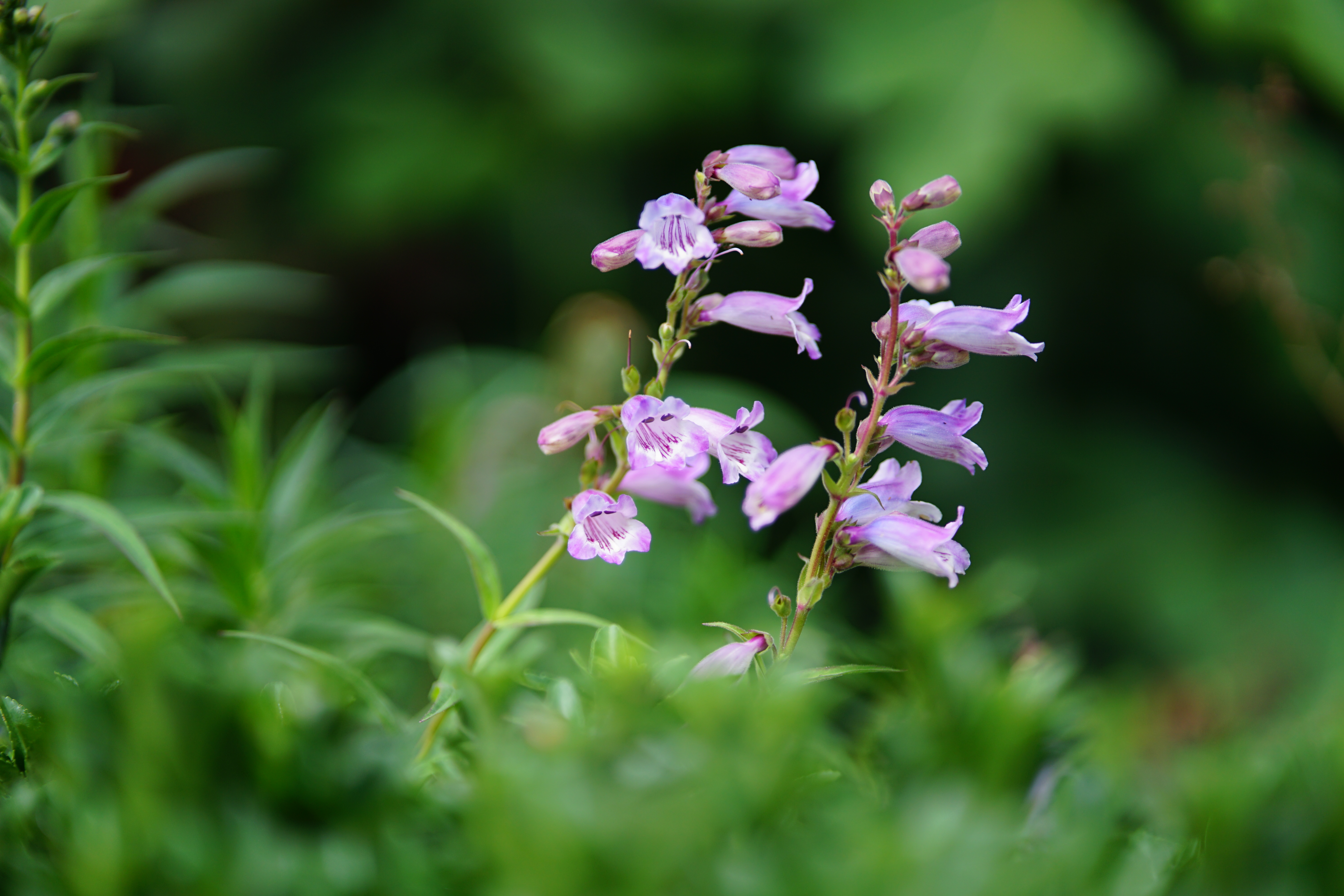
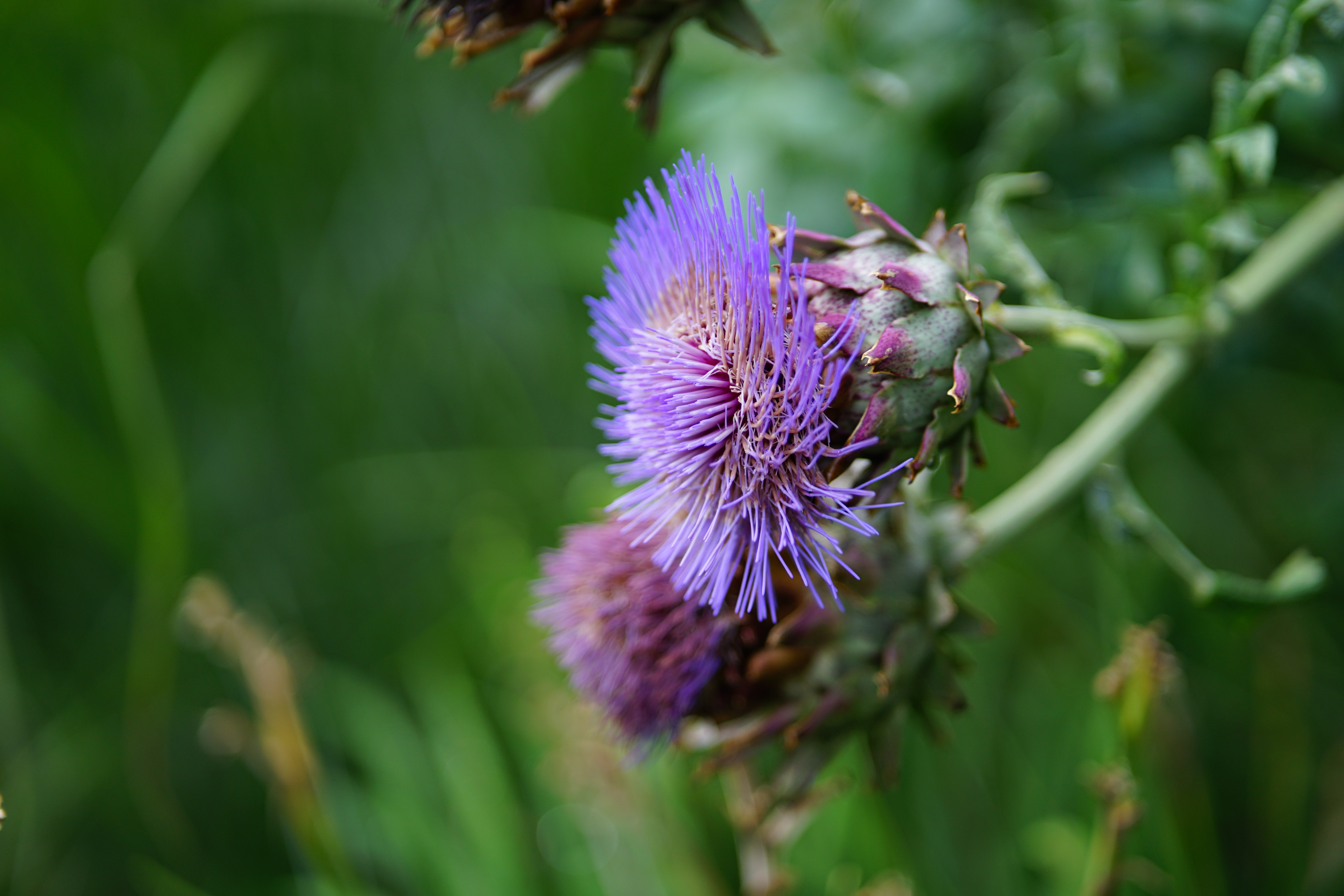



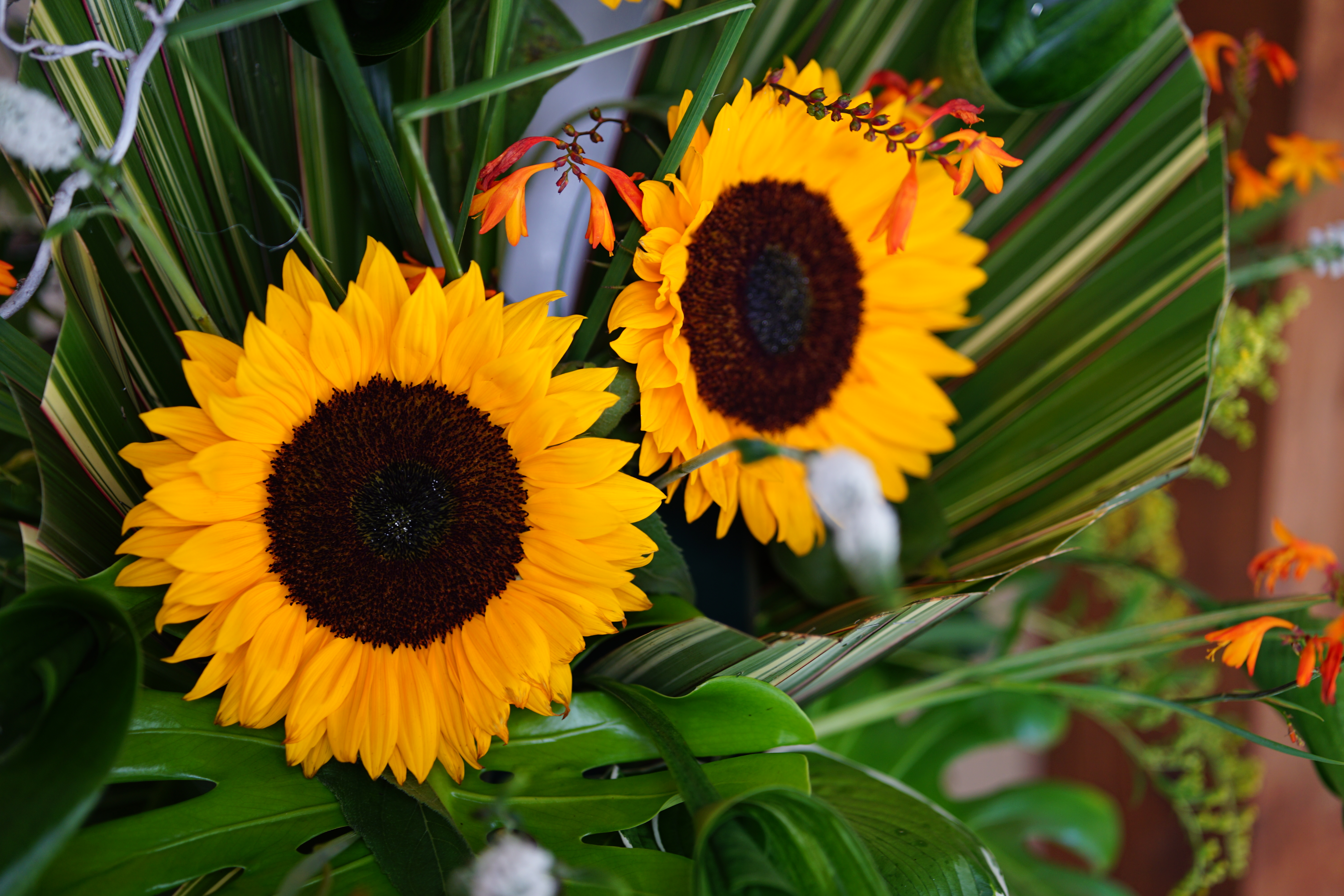
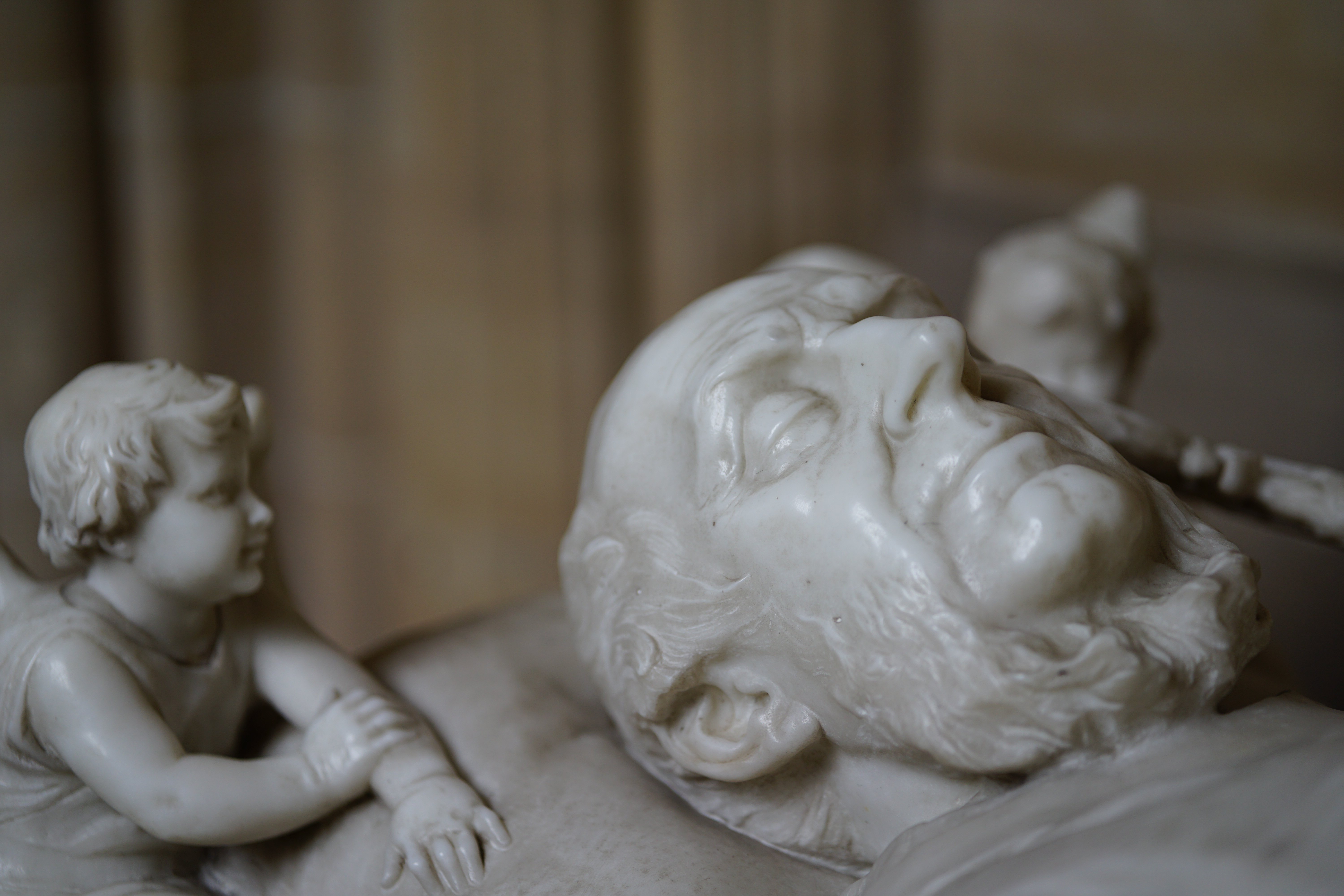
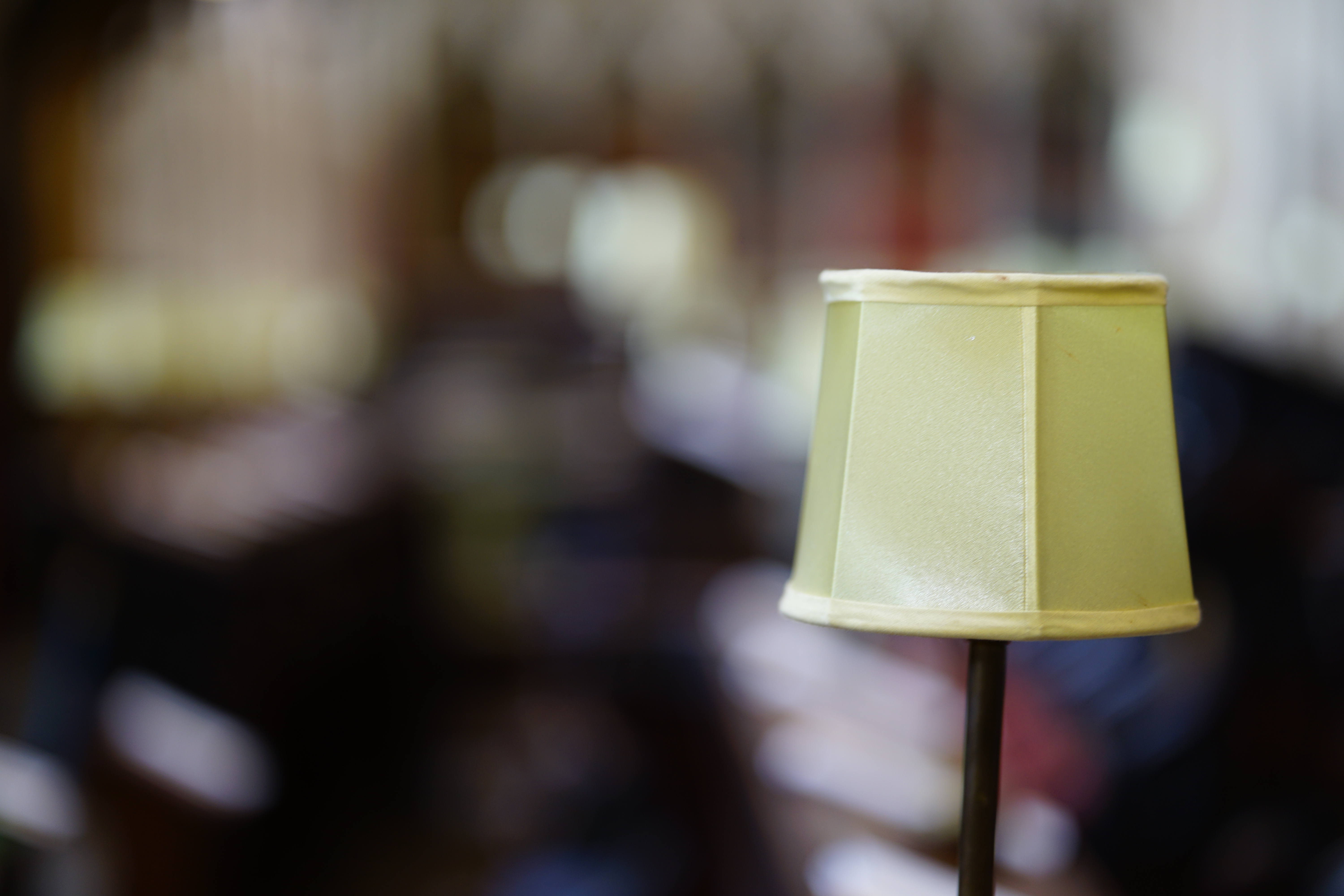
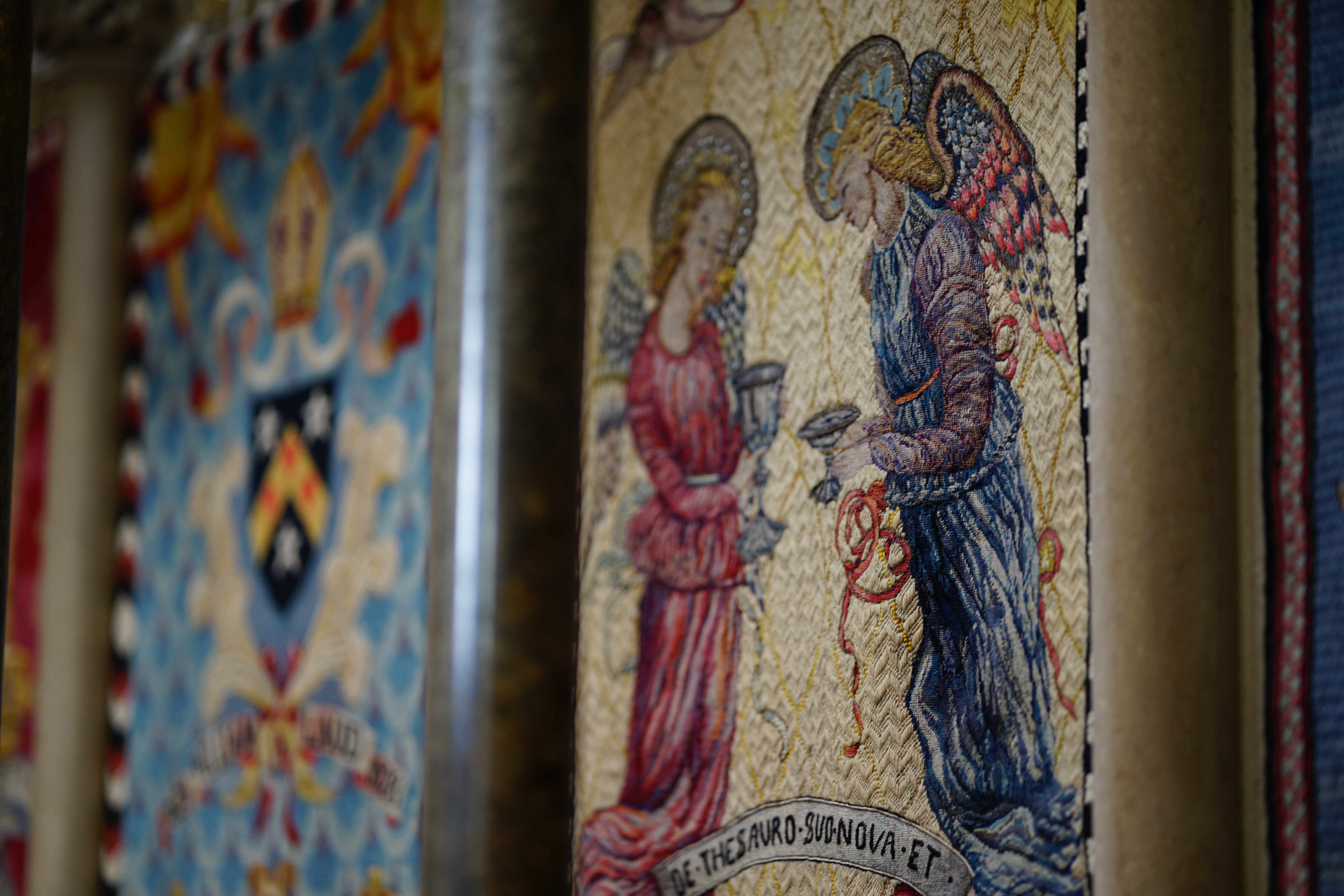
LK Samyang AF 85mm f/1.8 P FE: Lab Results
We run a range of lab tests under controlled conditions, using the Imatest Master testing suite. Photos of test charts are taken across the range of apertures and zooms (where available), then analyzed for sharpness, distortion and chromatic aberrations.
We use Imatest SFR (spatial frequency response) charts and analysis software to plot lens resolution at the center of the image frame, corners and mid-point distances, across the range of aperture settings and, with zoom lenses, at four different focal lengths. The tests also measure distortion and color fringing (chromatic aberration).
Sharpness:
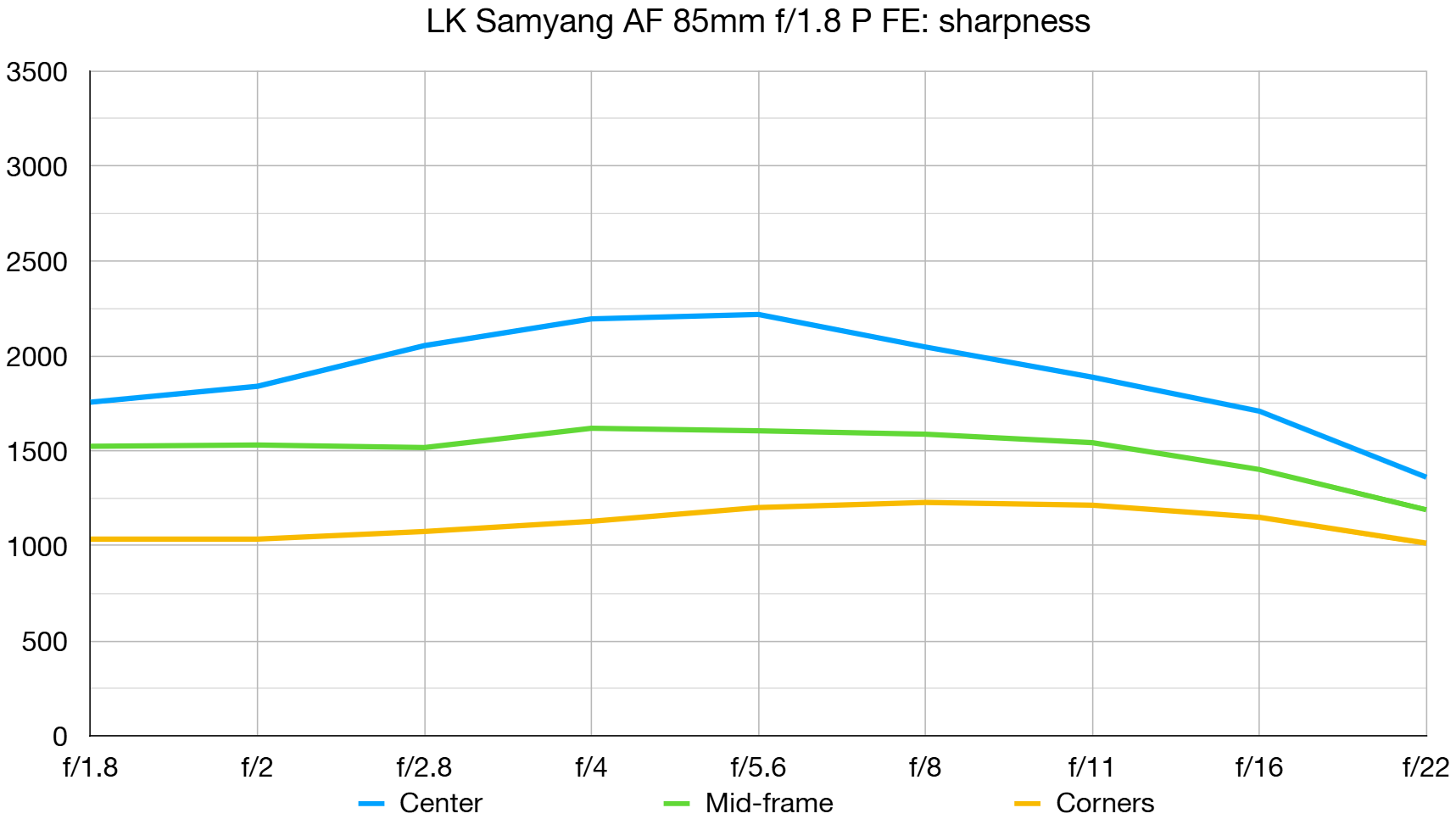
The lens is plenty sharp across most of the image frame but drops off quite a bit at the extreme edges and corners. Frankly, I’m not worried a jot about this in the context of a lens that’s created for portraiture.
Fringing:
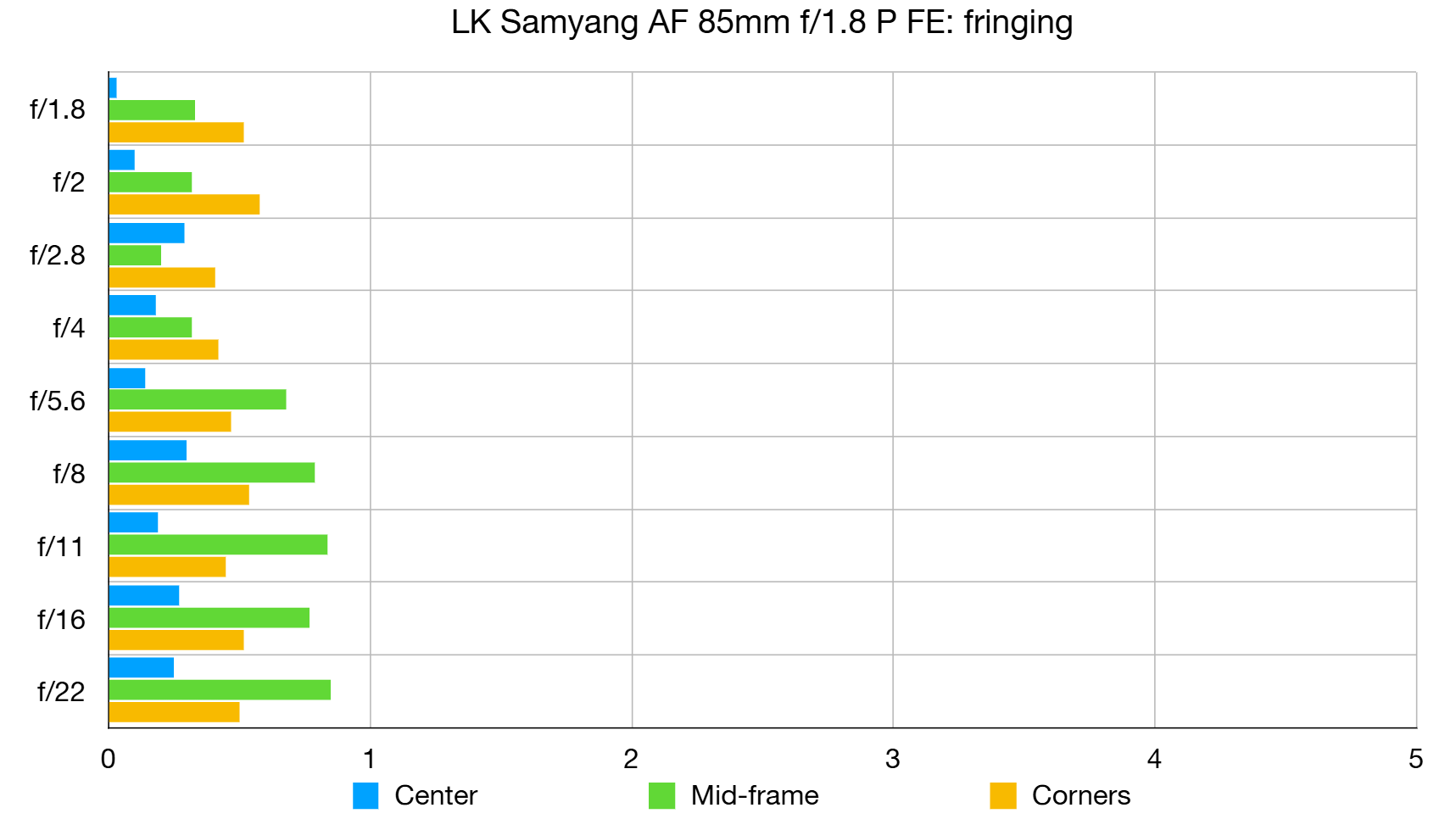
Both lateral and axial chromatic aberrations are extremely negligible and hard to spot even with automatic in-camera correction for the former disabled.
Distortion: 1.55
There’s a touch of pincushion distortion but it’s not enough to be noticeable in the vast majority of subject matter. Even so, automatic in-camera correction is available to use if you wish.
LK Samyang AF 85mm f/1.8 P FE: Verdict
I’m not a portrait photographer for a living but, like most of us, I do like to take portraits from time to time. With that in mind, my ideal portrait lens is reasonably compact, lightweight and affordable, yet gives excellent image quality and all-round performance. This LK Samyang 85mm f/1.8 ticks all of those boxes and more besides. If combines impressive sharpness across most of the image frame even wide-open at f/1.8, while the quality of bokeh is soft and dreamy. It’s a great little lens that’s excellent value for money. I just wish it was available in more mount options, instead of only being for Sony cameras.
|
Features ★★★★☆ |
The lens features a linear stepping motor autofocus system and an AF/MF focus mode switch, but no aperture control ring nor function buttons. |
|
Design ★★★★★ |
I really like the design of this lens. It’s super-compact and lightweight and really simple to use, but highly effective and weather-resistant. |
|
Performance ★★★★☆ |
The lovely blend of sharpness and soft bokeh is the main performance factor of this lens, even if an 85mm f/1.4 lens gives a tighter depth of field. |
|
Value ★★★★★ |
It’s great value if you pitch it against own-brand lenses from camera manufacturers, less so against some Chinese competition. |
